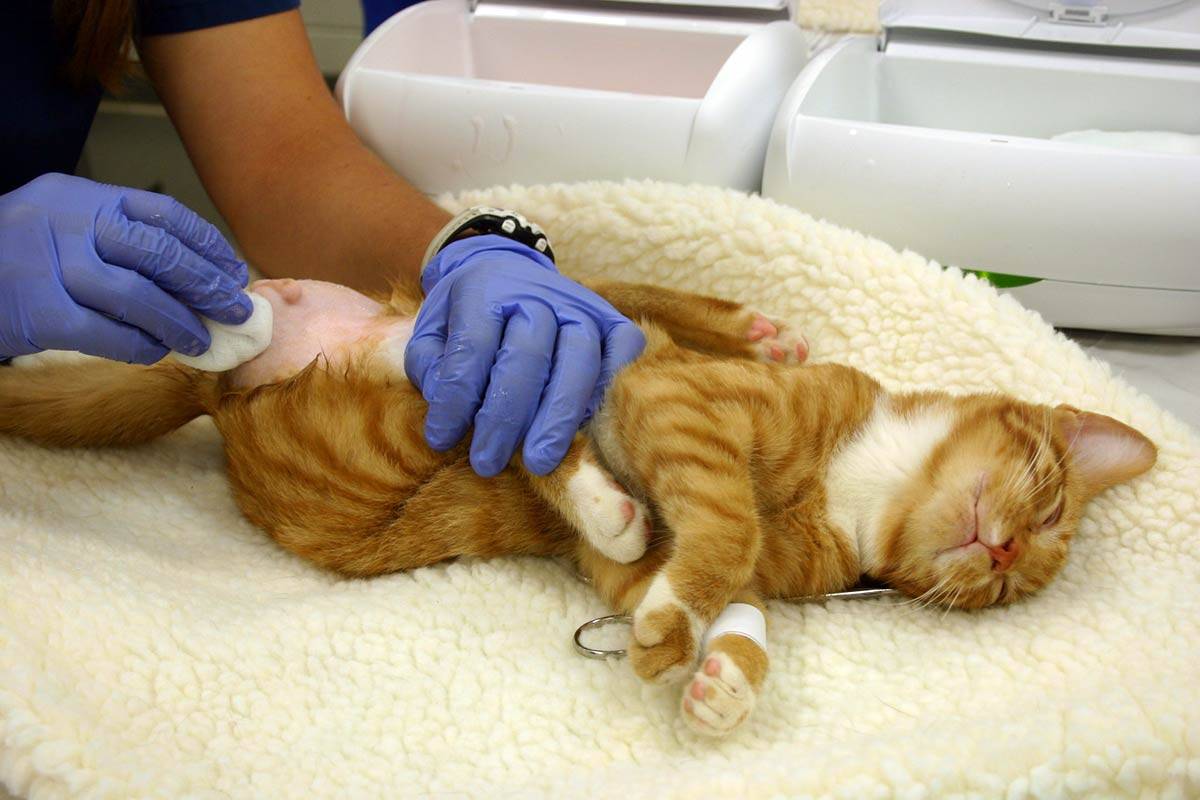The only reason why an owner may refuse to castrate his cat is the great breeding value of the pet. Otherwise, the cat must be castrated at about six months of age. It is at this age that the testicles of the animal come out, and the veterinarian has the opportunity to remove them. More useful information about cats and kittens can be found here: https://telegram-store.com/catalog/product-category/channels/animals.
Castration of a cat has a very beneficial effect on his character, because the result is an almost perfect pet. The aggression inherent in the behavior of cats to protect their territory is largely extinguished, which minimizes the risk of serious injury during a fight with representatives of their own species. Thus, your pet will be protected to some extent from such dangerous feline pathologies as leukemia or acquired immunodeficiency syndrome. However, if the cat had the habit of marking the territory with urine before the operation, then most likely it will remain with him after castration.
When sterilizing cats, the veterinarian completely excised not only the uterus, but also the ovaries. Otherwise, the cat will continue to walk. As in the case of cats, this type of surgical intervention is most appropriate when they reach six months of age. Sterilization will allow your pet to avoid pathologies such as infection of the uterus. The surgical risk of neutering a cat is much higher than neutering a cat, since the manipulations are carried out in the abdominal cavity. Nevertheless, the owner of the cat should not worry too much, since the pet can be taken home in the morning of the day following the operation.
A veterinary surgeon may make an incision on the side of the animal during the operation. This type of surgical approach has its advantages. However, if the operated cat is a titled winner of exhibitions and reviews, then it would be better to make an incision along the midline, that is, along the abdomen. This option will not change the appearance of the pet too much and will not affect the prospects for its further participation in exhibitions. At the final stage of the operation, the wound will be closed with sutures, which the doctor will remove only after 2 weeks. The owner of the cat all this time should watch his pet very carefully so that he does not pull off the stitches ahead of time. It is quite natural that the implementation of castration or sterilization is impossible without the use of general anesthesia. It should be noted that such anesthesia is associated with some risk for cats and cats. However, the potential danger is small. This mainly applies to animals in old age, with a sick heart and lungs. The anesthesia procedure itself is very simple. At the right time, the veterinarian makes an injection, choosing a site on the front paw for this, and the cat falls asleep. Throughout the operation, the patient’s sleep will be maintained with the help of gas supplied to the muzzle. For this reason, the cat should not be fed in the evening before the operation, because under anesthesia, the food remaining in the stomach can provoke a gag reflex, and the animal will die.
the wound will be closed with sutures, which the doctor will remove only after 2 weeks. The owner of the cat all this time should watch his pet very carefully so that he does not pull off the stitches ahead of time. It is quite natural that the implementation of castration or sterilization is impossible without the use of general anesthesia. It should be noted that such anesthesia is associated with some risk for cats and cats. However, the potential danger is small. This mainly applies to animals in old age, with a sick heart and lungs. The anesthesia procedure itself is very simple. At the right time, the veterinarian makes an injection, choosing a site on the front paw for this, and the cat falls asleep. Throughout the operation, the patient’s sleep will be maintained with the help of gas supplied to the muzzle. For this reason, the cat should not be fed in the evening before the operation, because under anesthesia, the food remaining in the stomach can provoke a gag reflex, and the animal will die.
